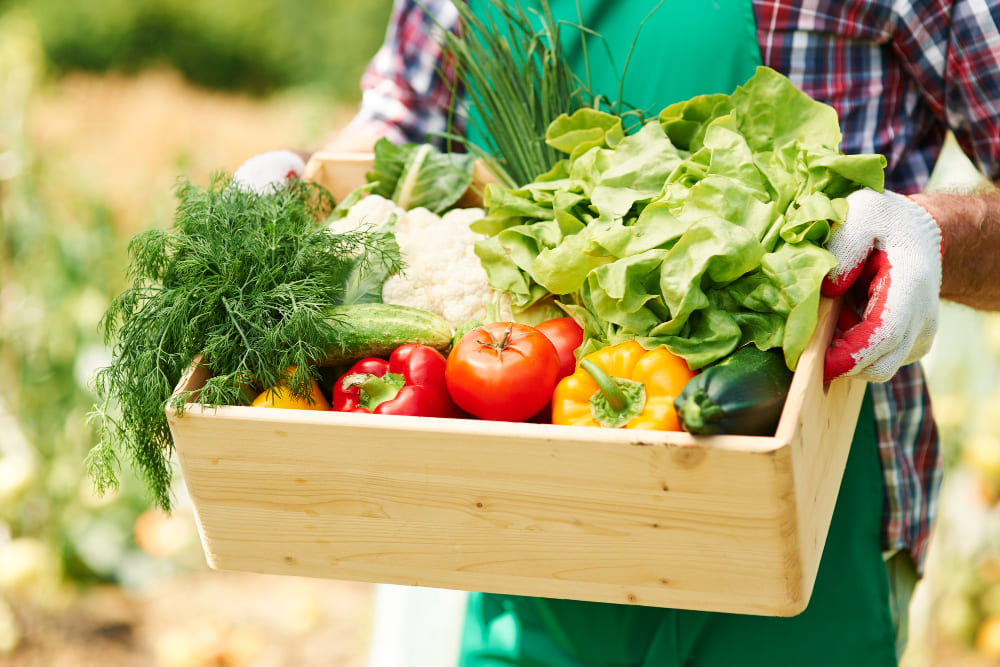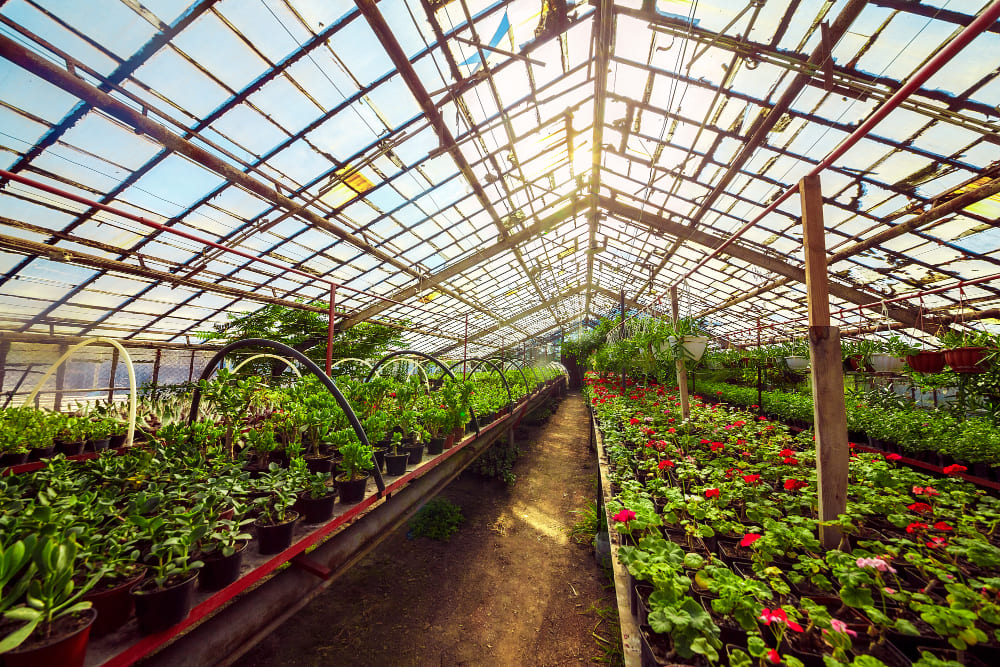Any agricultural operations rely on large amounts of netting to protect their crops from insects, birds, and rodents. The cost of purchasing and installing nets can be staggering and often, the most efficient way to protect crops is through the use of permanent, reusable, or portable netting.
How agricultural netting can help in sustainable agriculture
Agricultural netting has been around for a very long time. But has only recently gained traction as an alternative to traditional methods of crop protection and harvesting. This article will explain the basic principles of agricultural netting. And the pros and cons of this growing practice, and what farmers can expect when they implement it. Netting Basics The concept of netting crops is fairly simple: The farmer installs a series of nets over the top of a crop to capture and retain the crop’s seeds and fruits. The nets contain meshes that allow air and water to pass through. But are strong enough to prevent pests and birds from eating the harvested crop. This method of crop protection is popular among growers to increase yields and improve the quality of their harvest.
Netting was originally developed in the 1960s for commercial farms. The first commercially available nets were made from chicken wire, and were typically used for grapevines. But these early nets were not very durable and were easily damaged by pests. A few years later, a stronger mesh was invented to protect crops from birds and other pests.
The benefits of using agricultural netting

You can find many benefits in using agricultural netting. Some of these benefits include:
- Agricultural Netting prevents the escape of pests, as well as insects from spreading diseases and damaging crops.- Netting also provides a barrier between crops and harmful pests.
- This netting is suitable for any environment, including greenhouses, to keep pests out and promote good air circulation.
- And can prevent bird droppings from falling into gardens or damaging the plants.
- You can use these netting in conjunction with other pest control methods, such as pesticides.
- The lightweight material of netting allows you to carry it easily to different areas of a property, without damaging the plants.
- Netting can protect against harsh weather as well.
Why agricultural netting is not that popular?
Agricultural netting is not widely popular due to its high price and perceived safety risks. Netting can be pricey, costing tens of thousands of dollars per acre. Additionally, farmers may perceive netting as a safety risk because it could create gaps that animals or wind could pass through. Some also argue that netting can inhibit the pollination and movement of insects and other organisms in the soil. Despite these concerns, some growers find agricultural netting helpful in controlling pests or for water conservation.
Alternatives to agricultural nettings
As the world’s population continues to grow, so does the demand for food. This has led to an increase in the use of agricultural nettings, which protects crops from pests and birds. While agricultural nettings are an effective way to protect crops, they are not the only option. There are several alternative methods in the world today that protect crops from pests and birds like bird netting. Some of these methods include using scarecrows, birdhouses, and traps.
Places where you can buy quality agricultural netting
So if you are looking to buy some high-quality agricultural netting then YSNetting is your place to go. Because among many suppliers in the market they surpass miles ahead when it comes to quality and effectiveness. So try them out as we highly recommend them and their products!


